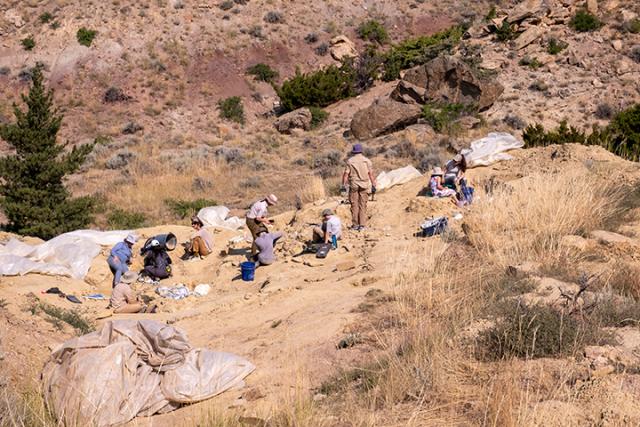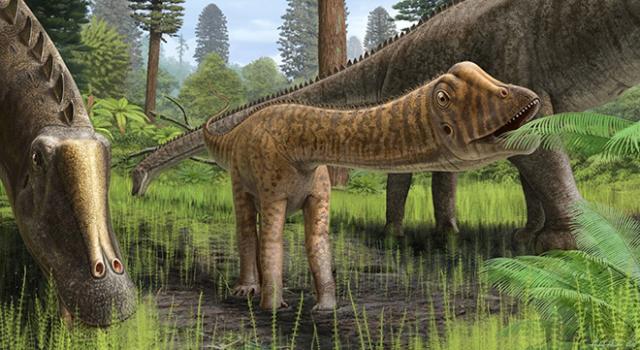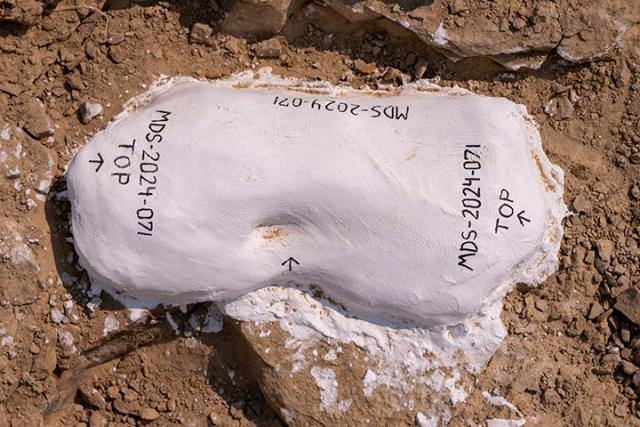Related Stories
- BLM enhances trail access in Billings area for outdoor users
- Community in action at Four Dances Recreation Area
- Strong turnout and new beginnings: 26 wild horses placed at Montana adoption event
- Aerial sagebrush seeding helps restore Robertson Draw Fire burn area
- Hi-Line field offices vie for “Coldest Place in America”
Office
5001 Southgate Drive
Billings, MT 59101
United States
Phone:
Email:




